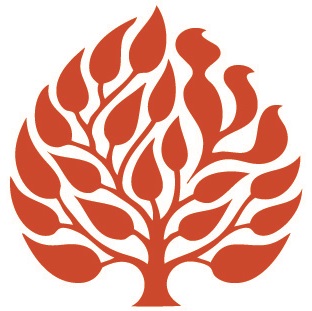Whole Bread

The weekly Torah readings are moving into territory unfamiliar to our contemporary experience. The Book of Genesis, set mainly in the Canaan and Egypt, mentions places that still exist and people whose names still resonate. The beginning of the Book of Exodus, with its account of the liberation from Egypt, maintains its grip today because that liberation continues to be a focus of Jewish consciousness and celebration.
The second half of the Book of Exodus describes the mishkan, or tabernacle. The mishkan, with its successor, the Temple in Jerusalem, was the worship place of the ancient Israelites. Because our worship is now prayer and not sacrifice, it is difficult to relate the older Israelite religion to current Judaism. Ironically, the closest re–enactment of the ancient Israelite service is to be found not in a synagogue, but in a Catholic or Orthodox church. There, the worshipper will see bread (known colloquially as a communion wafer) taken from a receptacle called a tabernacle, broken, and eaten. The Christian Eucharist represents something different from any Jewish ceremony; yet the similarity of its elements points to shared origins.
This week¹s parasha contains the instructions for the building of the mishkan and its contents. Among those contents was a table upon which was to be placed “lehem panim to be set before Me always.” (Exodus 25:30). Lehem panim means literally bread of the face. One was supposed to put bread, figuratively, in God¹s face. It is variously translated as “bread of display” (JPS) “Bread of the Presence” (Fox) and “showbread” (King James). The Book of Leviticus (24:5–9) explains a little further what this is about: twelve semolina loaves (challot) are to be baked, and arranged for Shabbat in two rows of six each, on the table. According to Ibn Ezra, the twelve loaves represent the twelve tribes of Israel. The loaves are then to be eaten by the kohanim officiating in the mishkan. The challot on the Shabbat table of today can be seen as a partial re–enactment of this ceremony.
Neither in Exodus nor Leviticus is the significance of the loaves explained. Baruch Levine, in the Jewish Publication Society commentary, notes that the bread was meant to be viewed by God and thus accepted by God. The late Hebrew University Professor Umberto Cassuto focuses on the fact that the loaves were to be eaten by the kohanim. In Cassuto’s view, this was the Torah’s way of differentiating Israelite worship from pagan worship, in which the gods were supposed to eat food that humans provided.
In Second Temple times, the baking of the lehem panim loaves was a monopoly in the hands of a family called Beit Garmu. According to the Mishnah (Yoma 3:11) the family is to be held in disrepute because they did not teach anyone else how to make the loaves. As a result of the secretiveness of Beit Garmu, not only was the recipe of the loaves lost but even the knowledge of what they looked like. The Talmud (Menahnot 34b) records a dispute on the matter: Rabi Haninah contends that each loaf looked like a split ark; No, says, Rabi Yohanan: it looked like a dancing boat. Rashi explains that a split ark means sides with a flat bottom and no top. A dancing boat means a V–shaped structure, like a boat with a sharp keel that dances along the waves.
What do arks and boats have to do with sacred loaves of bread — and, furthermore, what difference does it make what the loaves looked like and how they were made? Rabi Haninah and Rabi Yohanan differed on what the loaves looked like, but they agreed that the loaves had no tops. They were broken from the outset. It could be said that some offerings to God, such as the sacrificial animals, must be whole. They show our aspirations to approach God with integrity. Other offerings must be broken. They show the reality of humanity. There is no such thing as shleimut, completeness, in this world. We must approach God even in a broken or incomplete state. Waiting until we are whole means waiting without end.
The other lesson of the history of the lehem panim is the cost of secrecy. Because Beit Garmu did not teach others how to bake the loaves, the tradition was lost. Fortunately, most of Jewish wisdom has been taught, not hoarded. Teachers throughout the generations have realized that learning is not like a material object. The giver does not have less after giving. Beit Garmu must have feared that if they taught what they knew, they would not be needed anymore. A wise teacher desires to be less needed by the student.
The publication and distribution of “A Taste of Torah” commentary have been made possible by a generous gift from Sam and Marilee Susi.



